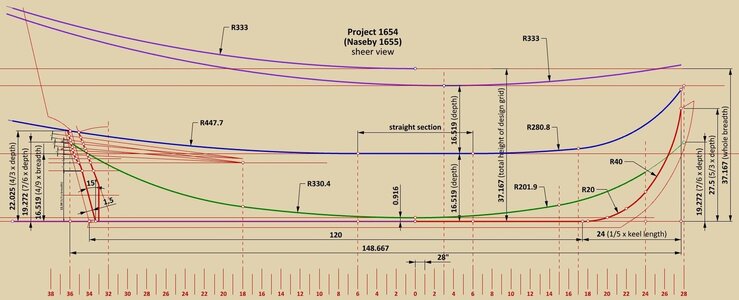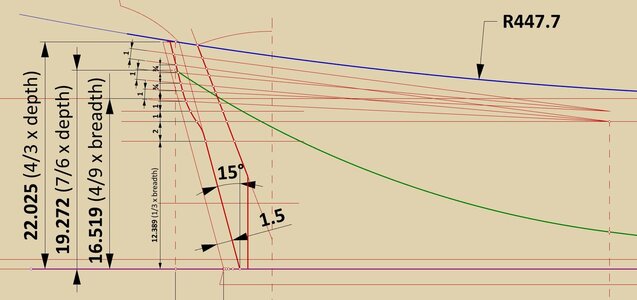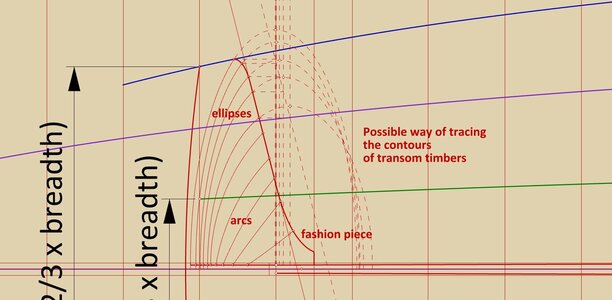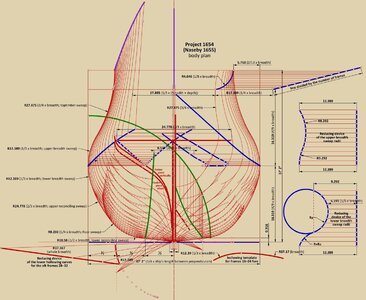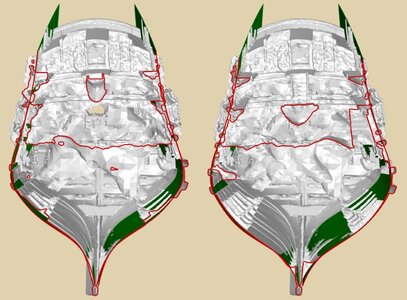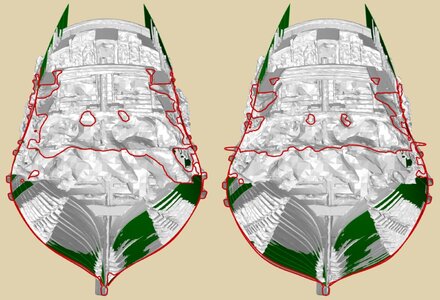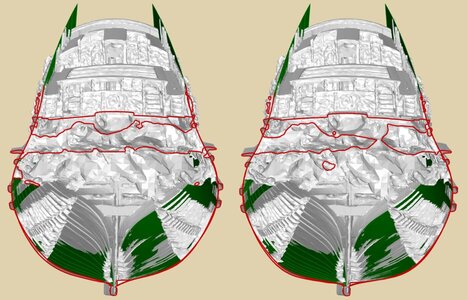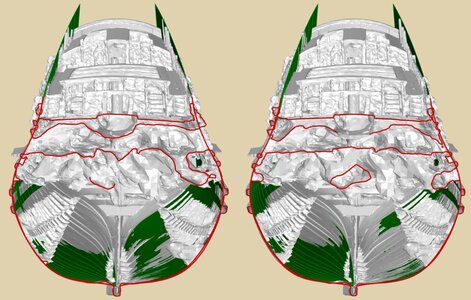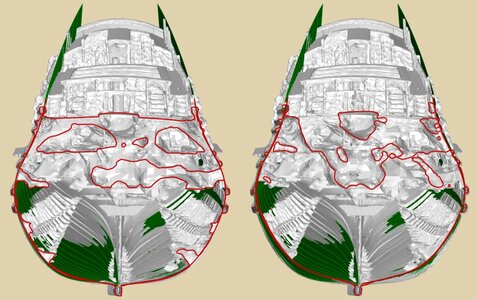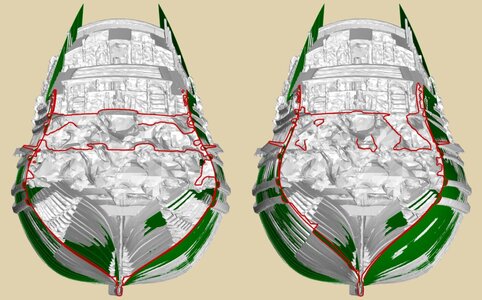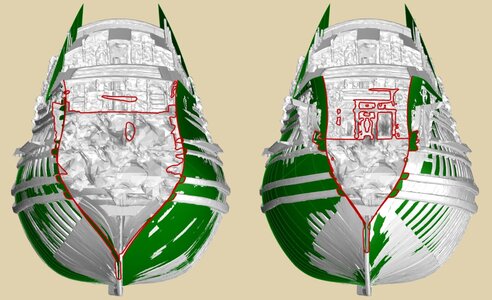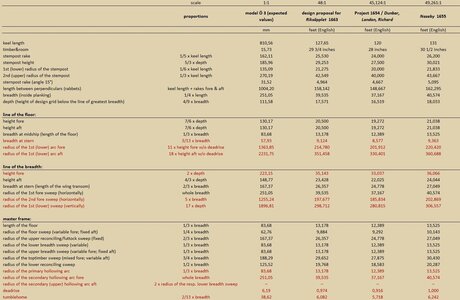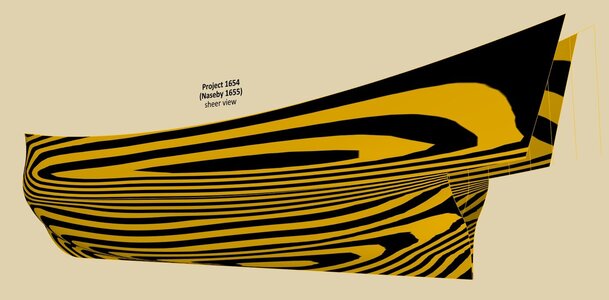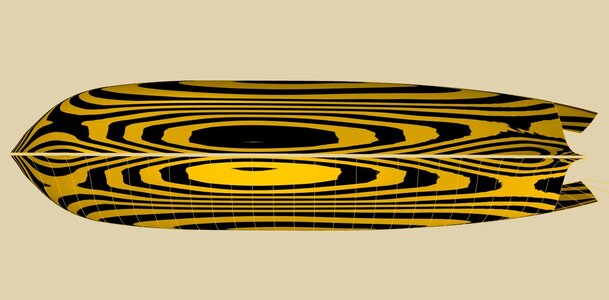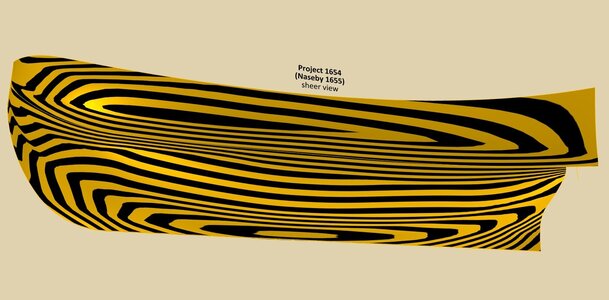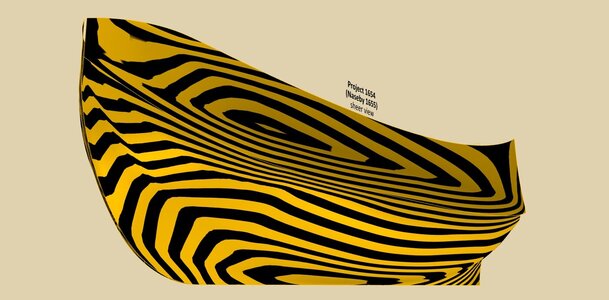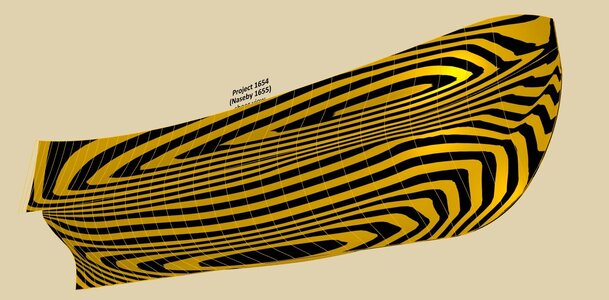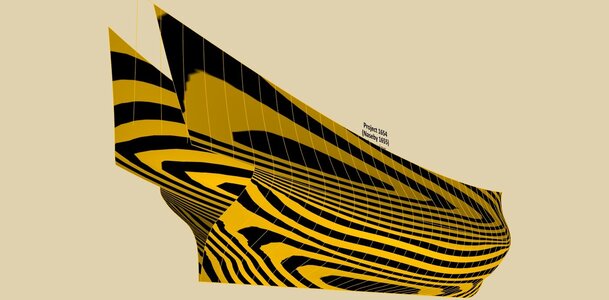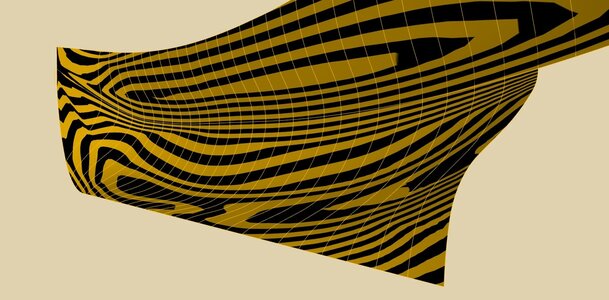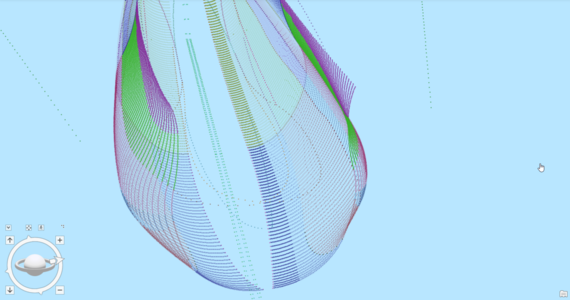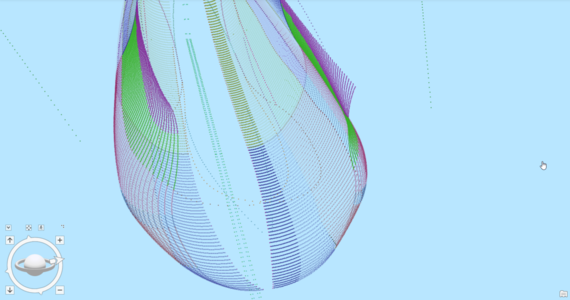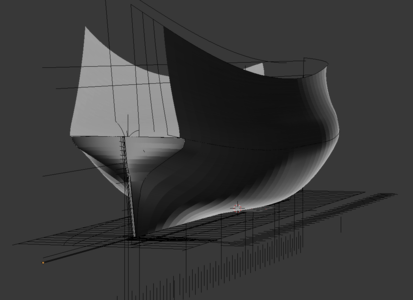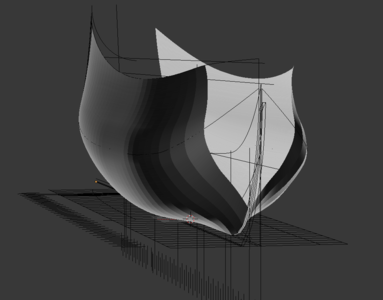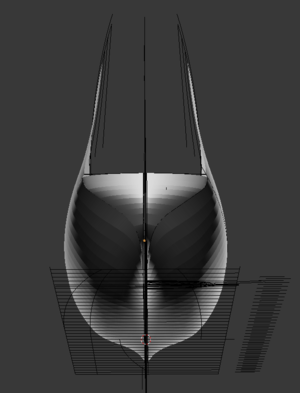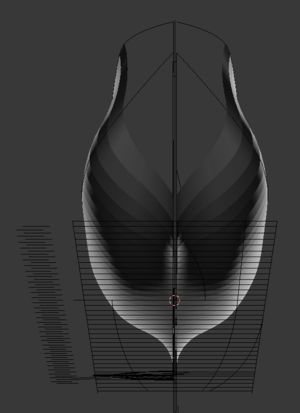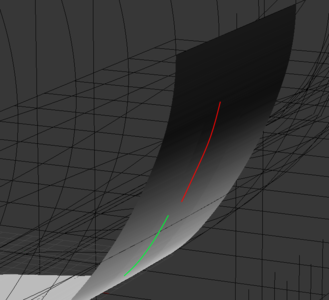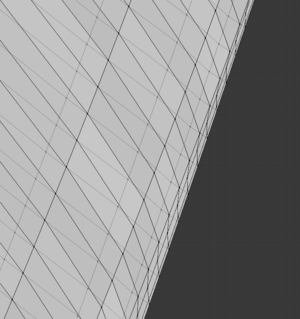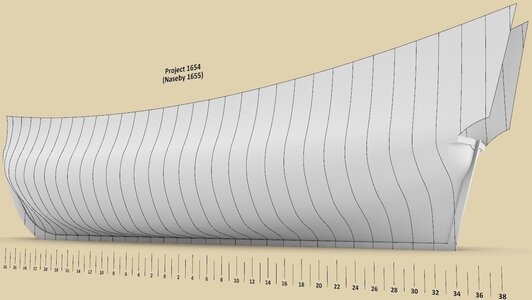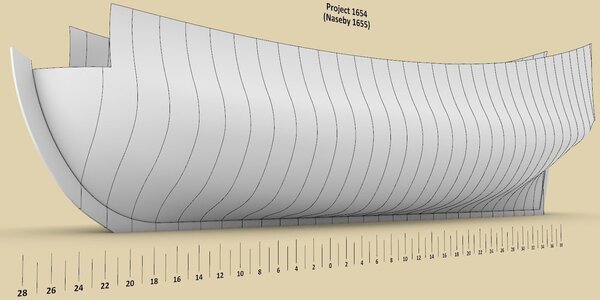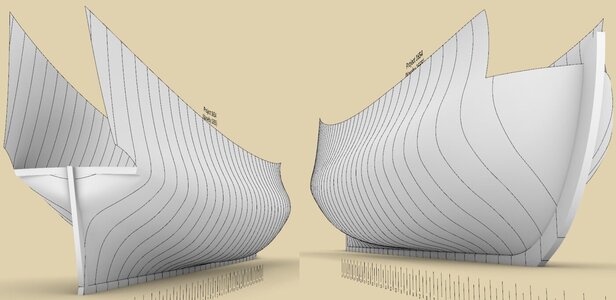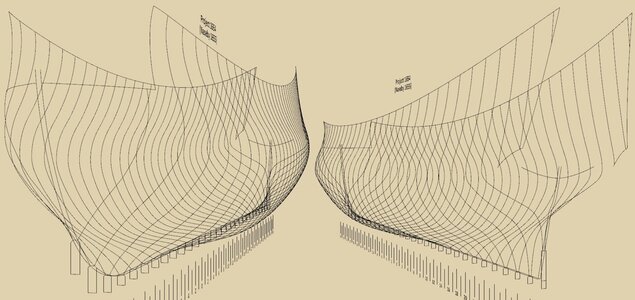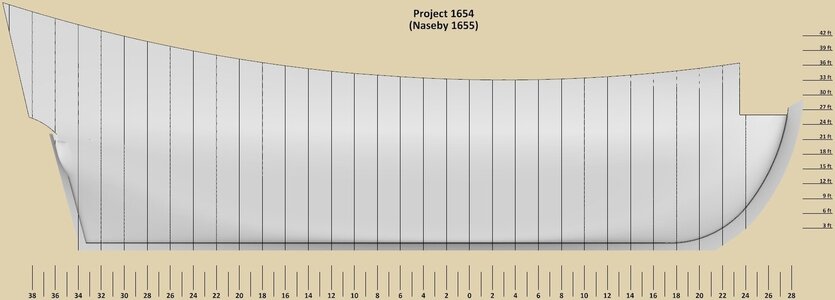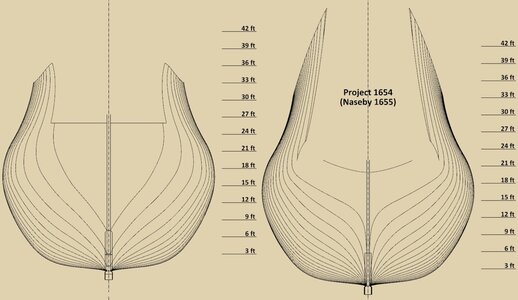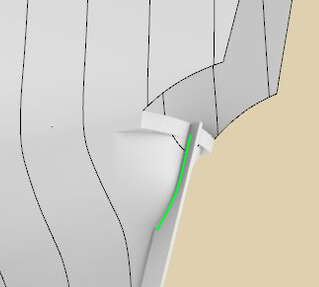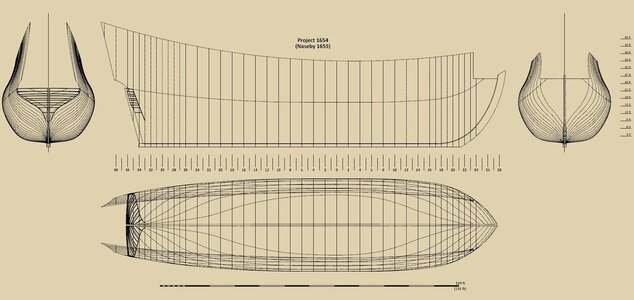.
This is incredible! Even now, already in the final stages, I am still discovering various subtleties, so there still will be some updates in addition to new things. The most important of these revisions concerns the run of the two most important design lines (partially), specifically the rising line of the breadth fore, and the narrowing line of the floor aft. This is a rather unnecessary complication of the design by the original creator, because on the body plan (used ultimately to trace the contours of the frames, whether on mould loft or on paper), these particular parts give almost straight sections anyway, which would have made the work considerably easier and at the same time reduced the possibility of mistakes. But it's hard to argue with the artefact on this, or at least I don't intend to....
The overall impression is that in this project 'everything' is subordinated to obtaining the smoothest, most harmonious shapes possible, which has actually been expertly achieved, and this must be clearly emphasised - without the use of corrective diagonals and waterlines whatsoever! However, this came at the price of enormous design complexity for the underwater part.
Against this background, even the employed shape (in the sense of a specific geometrical construction) of the main design lines seems to be of secondary importance. For, paradoxically, a designer using such elaborate geometrical solutions for tracing the contours of the frames, applied only the two most simple, even primitive in the design sense, forms for these lines: mostly a composite of two arcs of a circle with the two exceptions of the simplest variety of mezzaluna. This state of affairs further confirms that the designer's main optimisation effort was focused precisely on obtaining smooth hull surfaces rather than other aspects.
So, for those who are interested in the old ways of designing or reproducing these shapes, another set of the updated diagrams below.
In addition to the changes indicated above, the diagrams have been supplemented by the fashion piece (constructed in the usual way), the contours of transom timbers (the upper ones are in the form of an ellipse, the lower ones in the form of circular arcs), also variable radii have been applied to the lower arcs of the hollowing curves aft.
